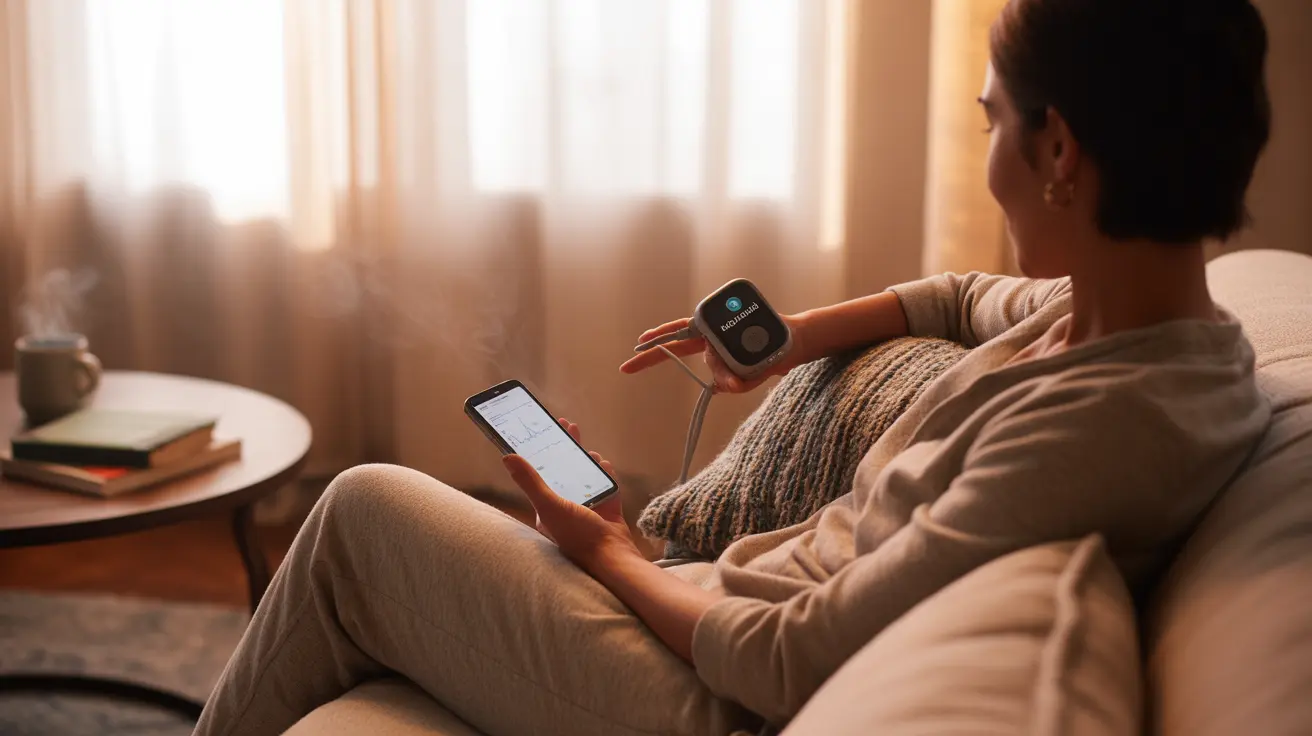Anxiety manifests differently in each person, affecting both mental and physical well-being in various ways. Recognizing what anxiety looks like is crucial for early intervention and proper support. Whether experienced occasionally or as part of an anxiety disorder, understanding these signs can help individuals identify when they need help.
This comprehensive guide explores the visible and invisible signs of anxiety, helping you recognize its manifestations in yourself or others, and understand when professional help might be necessary.
Physical Signs of Anxiety
Anxiety often presents itself through distinct physical symptoms that can be both subtle and intense:
- Rapid heartbeat or heart palpitations
- Excessive sweating
- Trembling or shaking
- Shortness of breath
- Muscle tension and pain
- Digestive issues
- Sleep disturbances
- Fatigue
These physical manifestations can vary in intensity and may occur individually or in combination, making each person's experience unique.
Emotional and Behavioral Signs
The emotional aspects of anxiety can significantly impact daily life and personal relationships:
- Persistent worry or fear
- Irritability
- Difficulty concentrating
- Restlessness
- Racing thoughts
- Feeling on edge
- Emotional numbness
- Sense of impending doom
These emotional symptoms often lead to behavioral changes that may be noticed by others, such as avoiding social situations, procrastinating on important tasks, or seeking excessive reassurance.
Impact on Daily Life
Anxiety can significantly affect various aspects of daily functioning:
- Work performance and productivity
- Personal relationships
- Sleep patterns
- Eating habits
- Social interactions
- Decision-making abilities
- Overall quality of life
Understanding these impacts is crucial for recognizing when anxiety has become more than just occasional worry.
Common Types of Anxiety Disorders
Anxiety can manifest in several distinct disorders, each with unique characteristics:
Generalized Anxiety Disorder (GAD)
Characterized by persistent and excessive worry about various aspects of life, often without a specific trigger.
Social Anxiety Disorder
Marked by intense fear of social situations and concern about judgment from others.
Panic Disorder
Features unexpected panic attacks and persistent worry about future attacks.
Specific Phobias
Involves intense fear of specific objects, situations, or activities.
When to Seek Professional Help
It's important to recognize when anxiety requires professional intervention. Consider seeking help when:
- Anxiety interferes with daily activities
- Physical symptoms become severe or persistent
- Sleep is significantly affected
- Work or relationships suffer
- Self-care becomes difficult
- Anxiety leads to isolation or depression
Frequently Asked Questions
What are the common emotional and physical signs that indicate someone might be experiencing anxiety?
Common signs include persistent worry, restlessness, difficulty concentrating, rapid heartbeat, sweating, trembling, and sleep disturbances. Physical symptoms often accompany emotional distress, creating a complex pattern of manifestations.
How can anxiety affect behavior and daily routines in individuals?
Anxiety can lead to avoidance behaviors, procrastination, changes in sleep and eating patterns, difficulty maintaining relationships, and decreased work or academic performance. It may also result in withdrawal from social activities and increased isolation.
What types of anxiety disorders exist, and how do their symptoms differ?
Major types include Generalized Anxiety Disorder (persistent worry), Social Anxiety Disorder (fear of social situations), Panic Disorder (unexpected panic attacks), and Specific Phobias (intense fears of specific things). Each type has distinct characteristics while sharing some common anxiety symptoms.
When should someone seek professional help for anxiety symptoms?
Professional help should be sought when anxiety significantly impacts daily functioning, causes severe physical symptoms, leads to social isolation, affects work or relationships, or when self-help strategies prove ineffective.
What physical symptoms of anxiety can be mistaken for other medical conditions?
Physical symptoms like chest pain, shortness of breath, dizziness, and gastrointestinal issues can mimic other medical conditions. These symptoms should be evaluated by a healthcare provider to ensure proper diagnosis and treatment.




